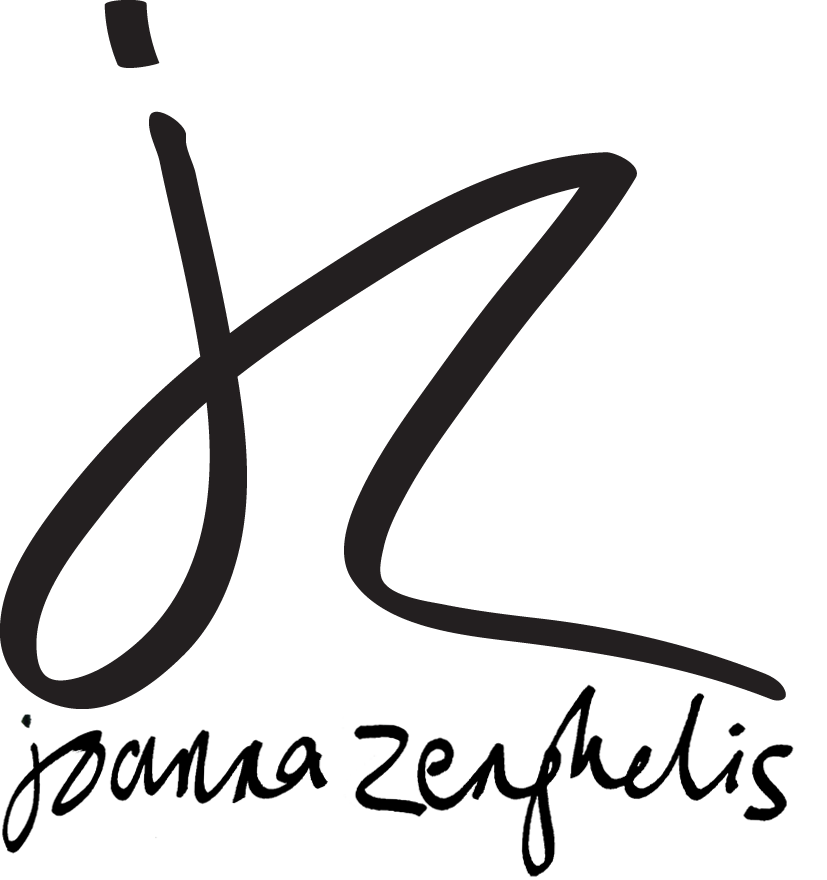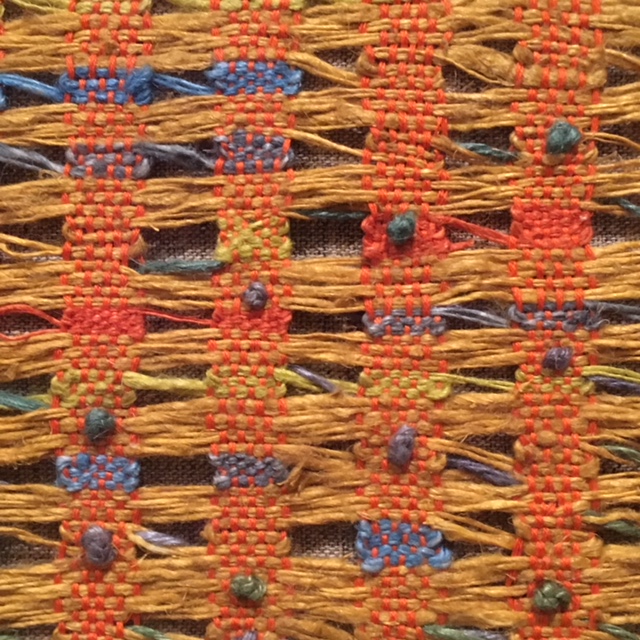Anni Albers at Tate Modern: What's knot to like?
I spent yesterday afternoon at Tate Modern’s Anni Albers exhibition (until 27th January) and came out inspired and wanting to weave. Textile designer, printmaker and artist, Albers learned to weave at the Bauhaus in Weimar because weaving was the only workshop open to women. In 1933, when the Nazis shut down the Bauhaus, Albers and her husband Joseph, both of whom were Jewish, fled to North Carolina where they taught at the avant-garde Black Mountain College. Albers’s work changed the way people saw fabrics from being a traditional and ‘crafty’ medium to something as functional and modern as architecture, furniture, metalworks and other predominantly ‘male’ disciplines of the modernist era.
She was fascinated by the journey and potential of the ‘thread’ and spoke about how she always had threads on her mind. She wove magic into her rugs and wall-hangings and textiles and later, when she turned to screenprinting, translated all those beautiful patterns into two dimensions on paper, also introducing wonderful curves that had been restricted by the vertical and horizontal warp and weft of the weaving process.
Coming home on the Central Line, I felt so exhilarated I barely noticed the severe delays to rush-hour trains, though here again Albers seemed to be ahead of the curve, with a fateful warning of disruption on the London Underground perhaps (Knot, gouache on paper, 1947) …







